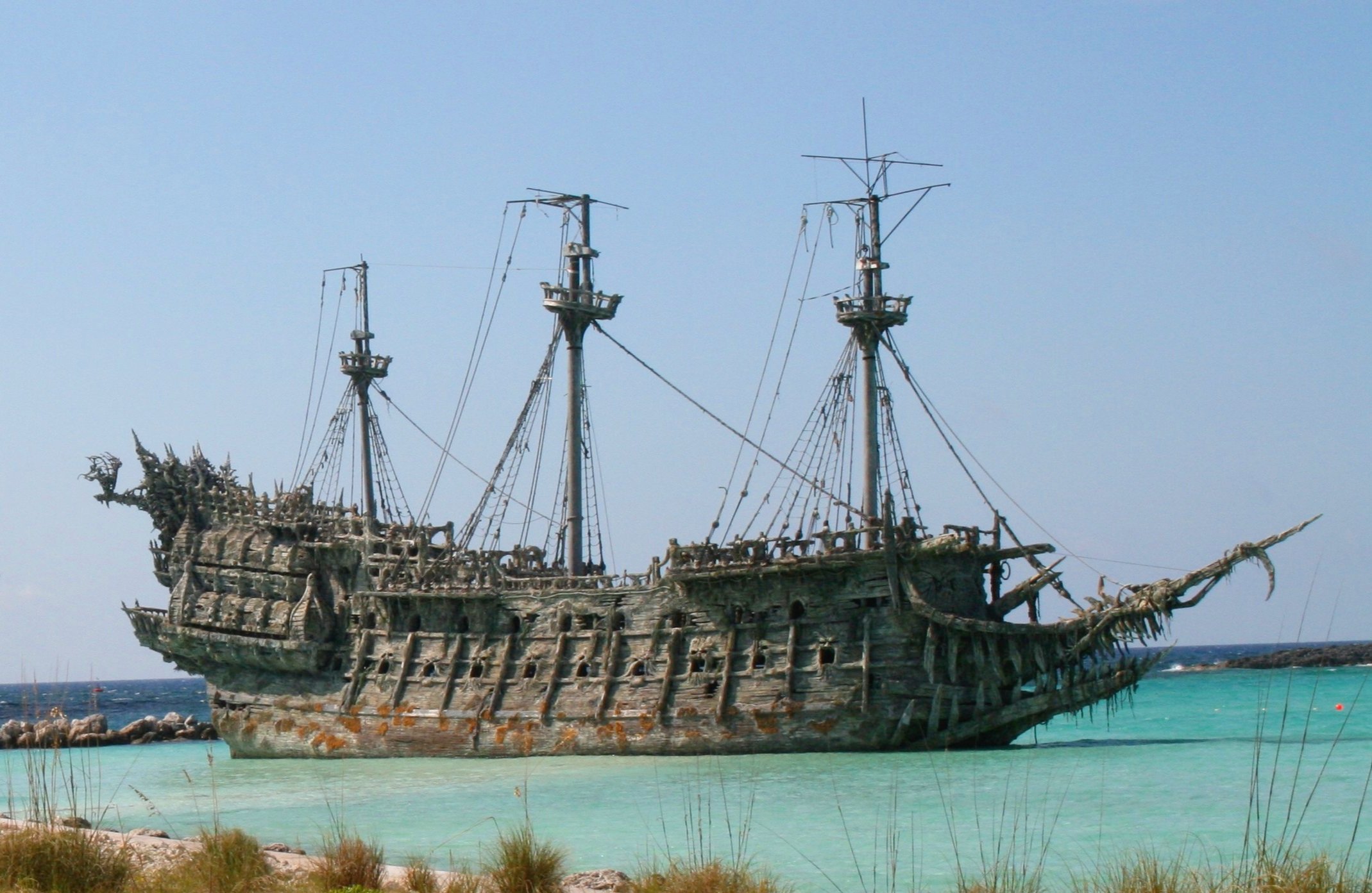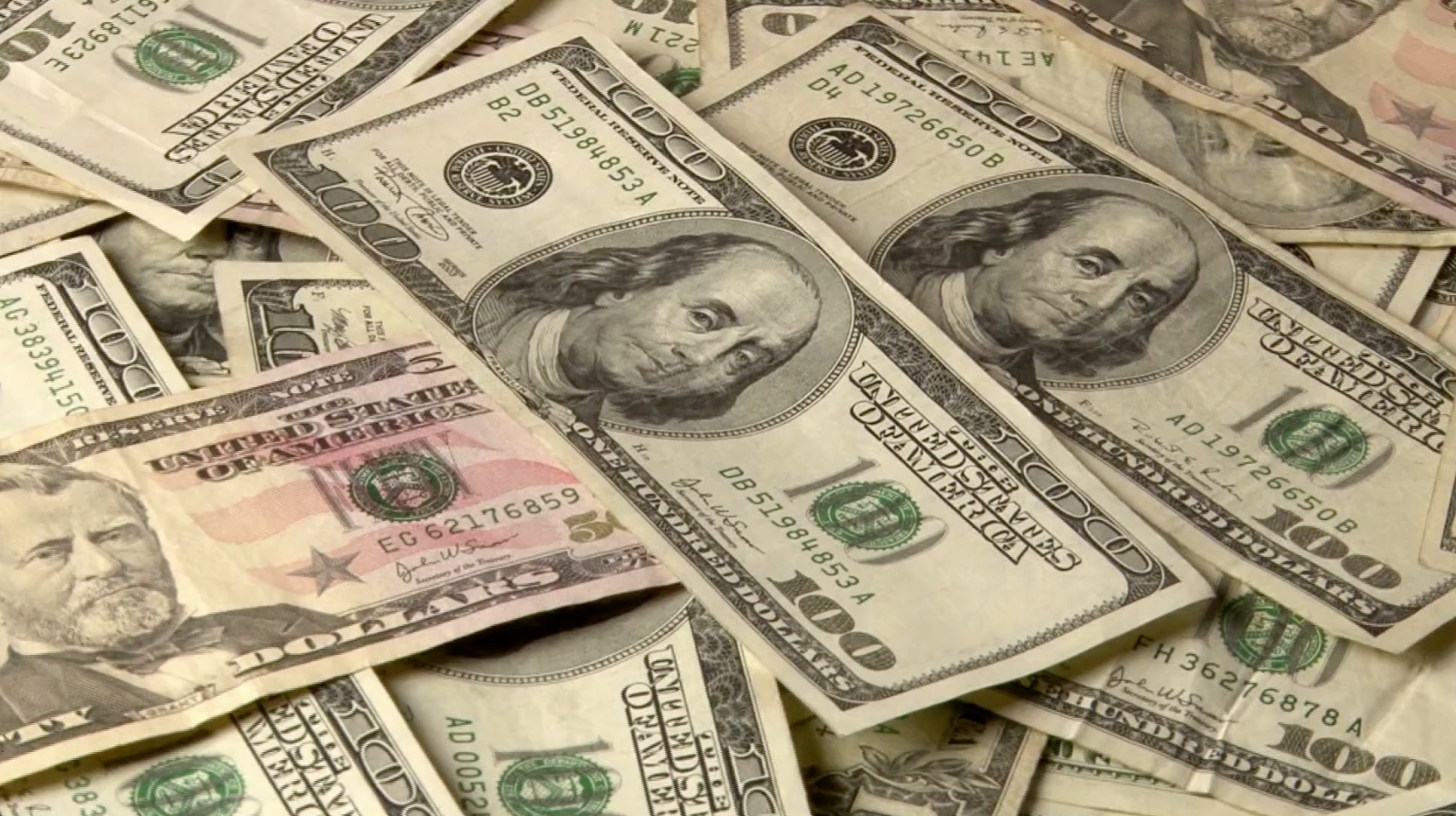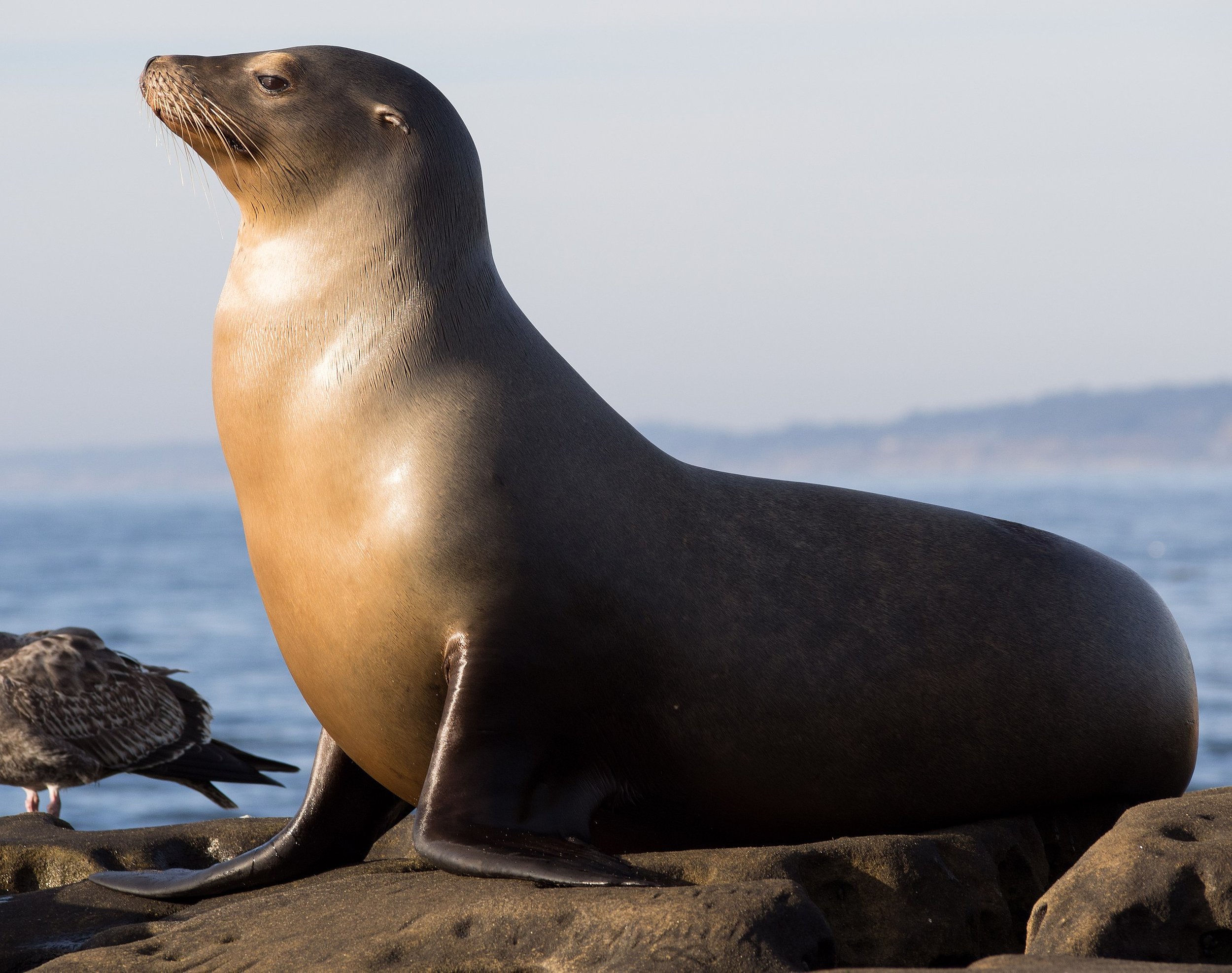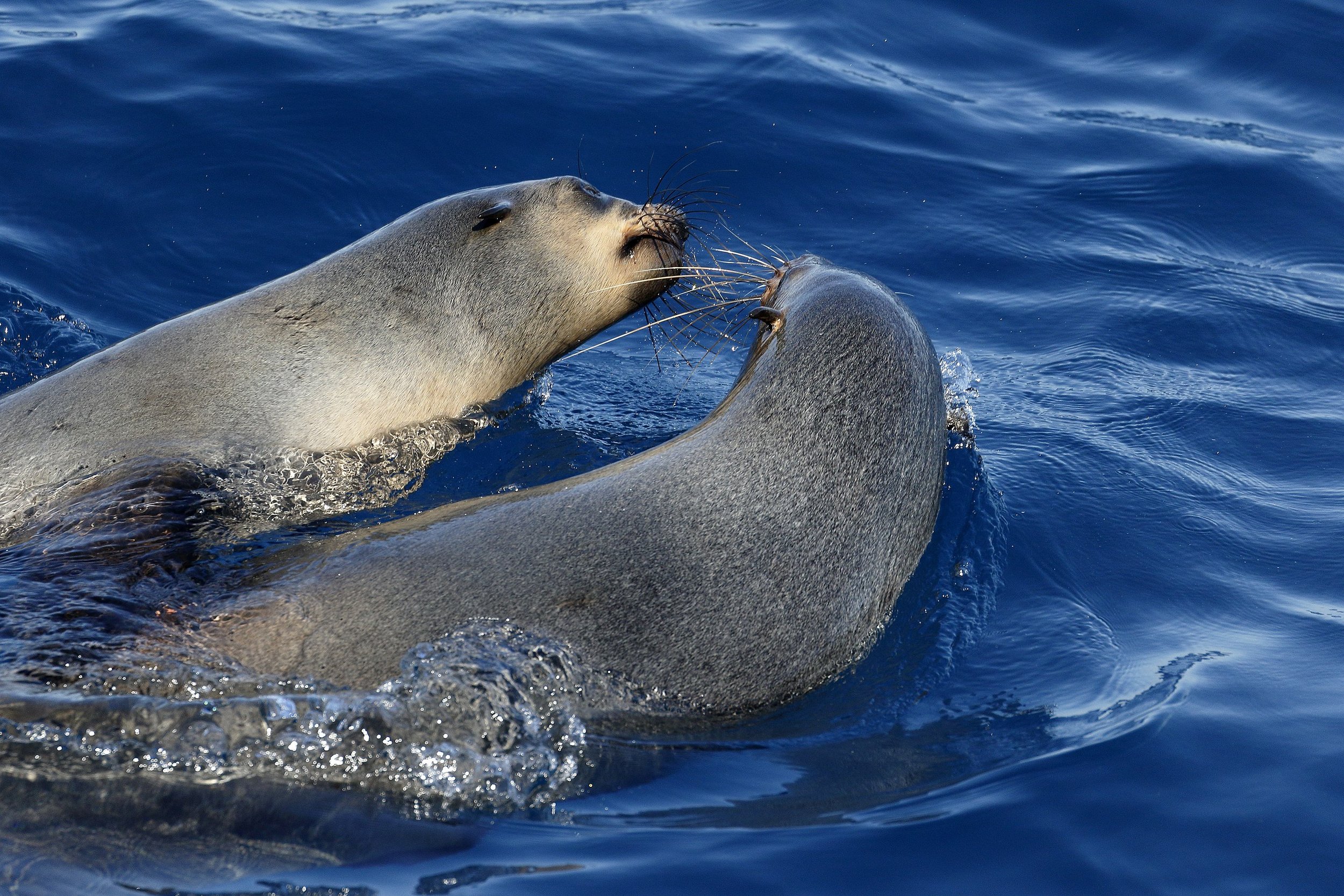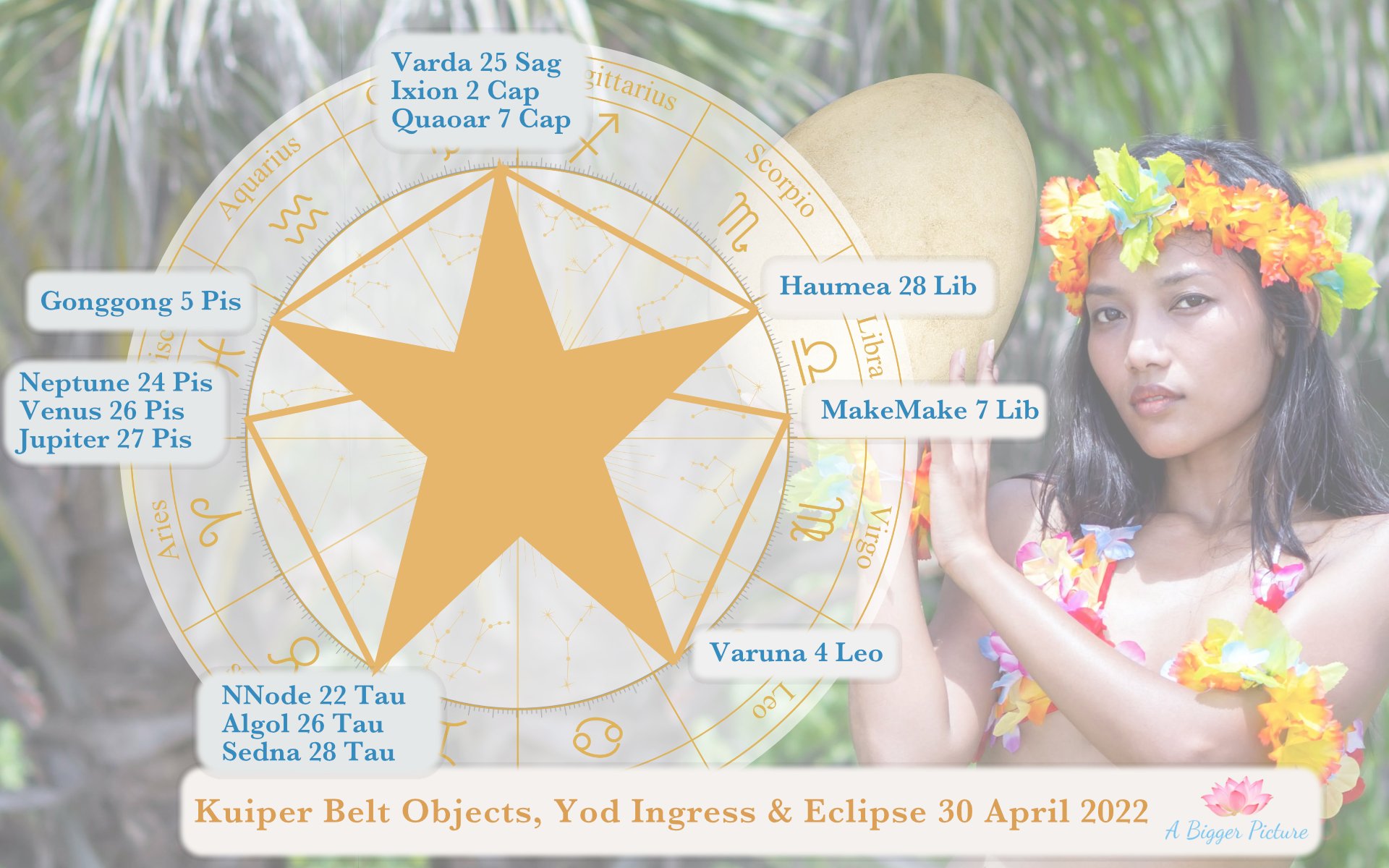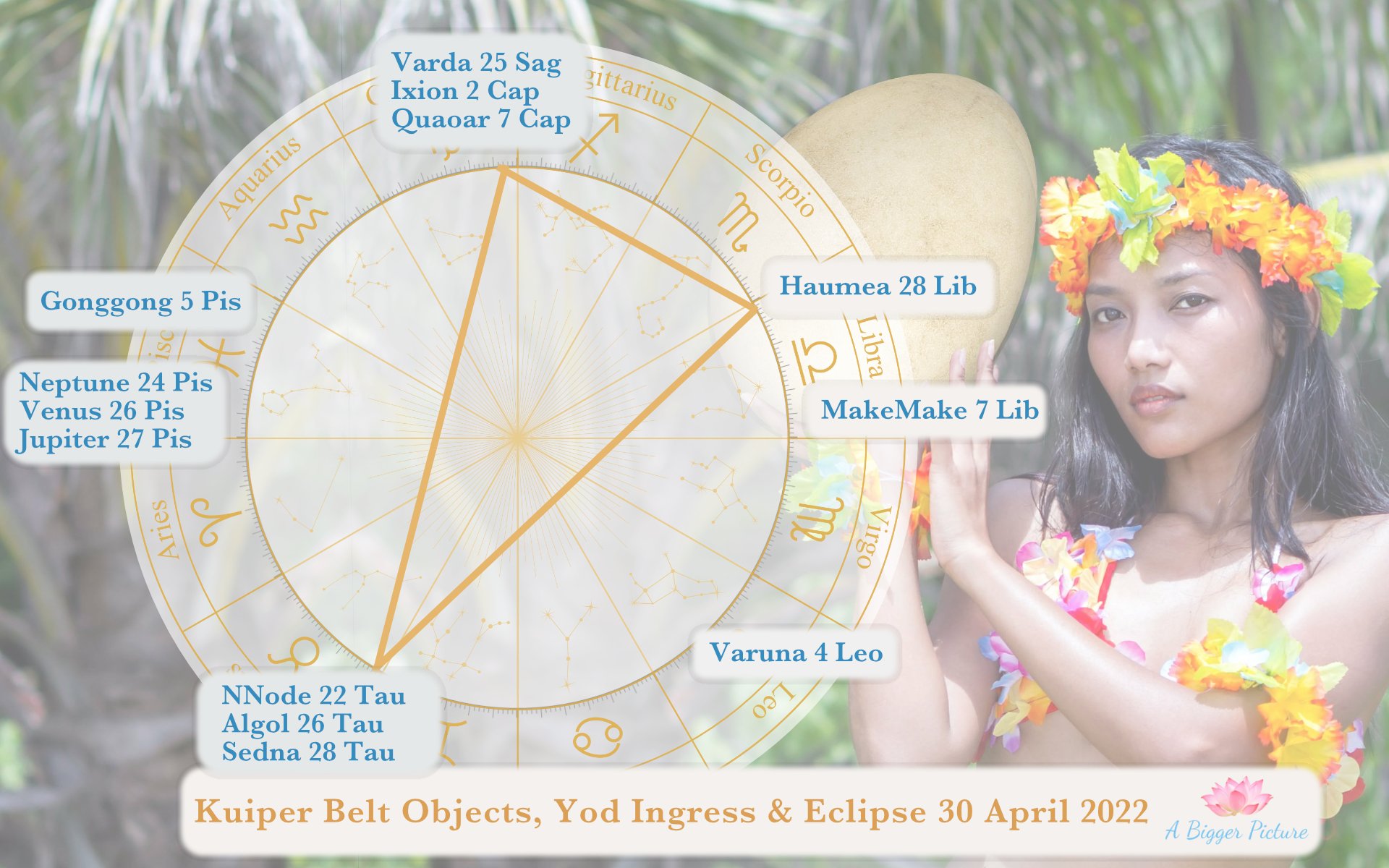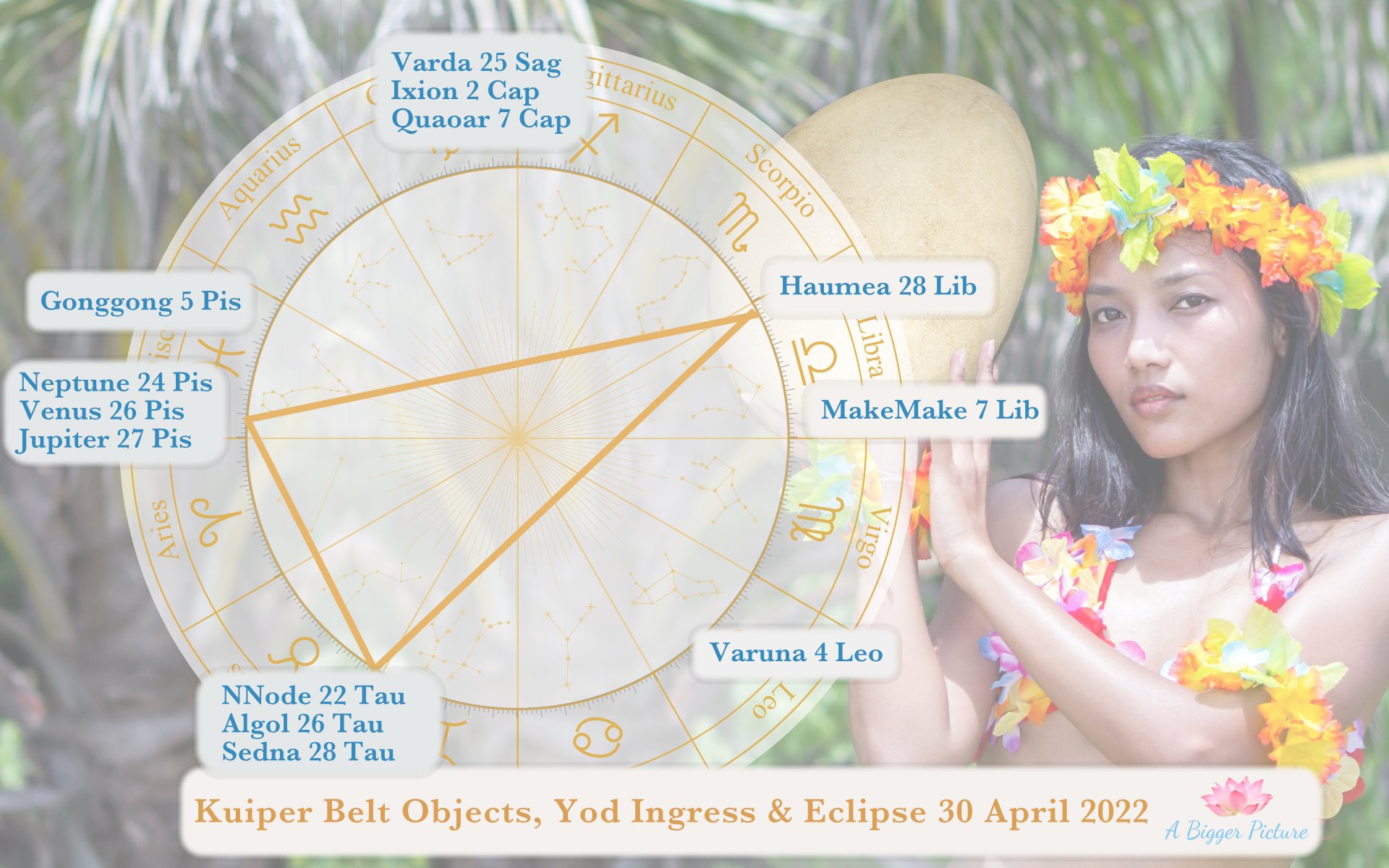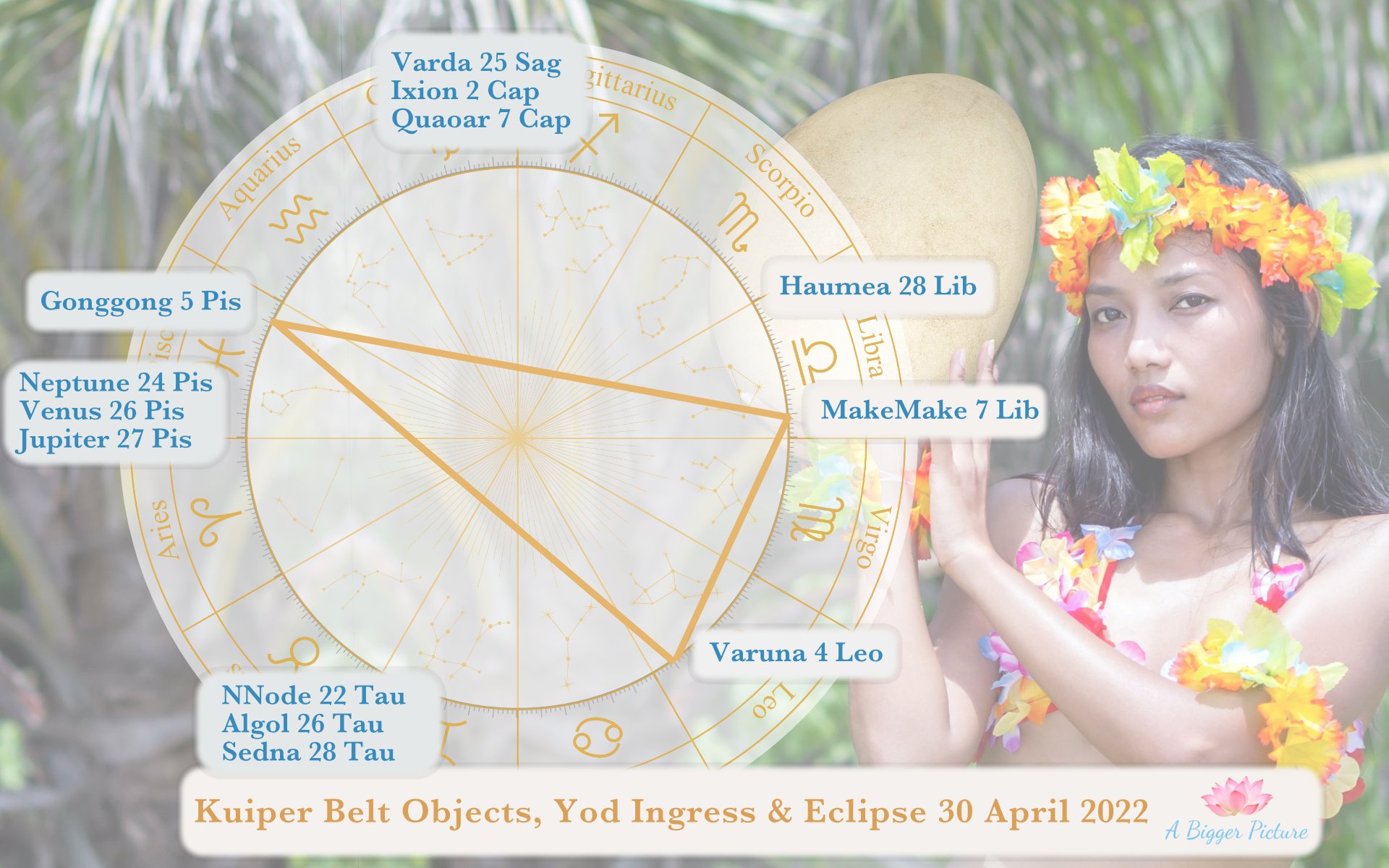Sedna, The Flying Dutchman, Corporate Entities, Capitalism and Dashed Hopes
In western astrology, Sedna is the dwarf planet beyond Pluto and Eris.
She is the mythological story of the Inuit Goddess of Sea and Marine Animals. Where Pluto takes 248 odd years, and Eris about 556 to complete an orbit around the sun, Sedna takes a whopping 11,390 odd years with her long, highly elliptical orbit. She is an alien, a visitor from deep space, from an area called the Oort cloud. See this webpage for more information on her orbit. Sedna’s closest approach to earth will be in about 55 years, yet it will still be further away from us than Pluto.
Sedna is the Goddess of the Deep Abyss, who dwells in both the deepest, most inaccessible part of the Arctic Ocean, and far outer reaches of known space. Sedna is also the deep dive into being.
Image: The Flying Dutchman by Charles Temple Dix via Wikimedia Commons. Click to enlarge.
Sedna, Harbinger of Watery Doom?
Sedna is a mere 50 years from within her closest brush to Earth and moves extremely slow. The energy of this planet is currently extremely pronounced in our consciousness, with eclipses and important conjunctions activating her powerfully. Sedna is seen as a harbinger of disaster, but that is only from a certain point of view, for she has abundance and backbone, despite the appearance of none. Sedna’s watery energies are affecting each of us as individuals. Psychologically, she is the way-shower and shaman, and with that comes some disillusionment, mental health crises, stuck frozen emotions and a timeless coma-like feeling.
According to Wikipedia, dwarf planet Sedna was discovered by Michael Brown, Chad Trujillo, and David Rabinowitz on 14 November 2003.
Brown initially nicknamed the newly discovered planet "The Flying Dutchman", or "Dutch", after a legendary ghost ship, because its slow movement had initially masked its presence from his team.
On his website, Mike Brown wrote: "Our newly discovered object is the coldest, most distant place known in the Solar System, so we feel it is appropriate to name it in honor of Sedna, the Inuit goddess of the sea, who is thought to live at the bottom of the frigid Arctic Ocean". The synchronicity that rise around the discovery and naming of a new planet is simply incredible, and I find it no coincidence that Mike Brown nicknamed the object The Flying Dutchman. The significance is so relevant.
“Sedna is ruler of economic and social disasters and upheavals, and moral decay.
Sedna represents ill-gotten gains, wealth stolen from others, profits made illegally or unethically, or at the expense of others.
Sedna also represents wealth accumulated from taking advantage of the weaknesses of others.
Sedna is a moral cancer within our society; Sedna seeks to destroy our moral fiber and our very soul.
In business matters, a corporation with strong Sedna aspects is essentially a vulture and will prey on customers who are morally weak, and sell products that corrupt our souls. Sedna promotes violence, horror and terror.”
Image: Flag of the VOC (Dutch East India Company) on the replica of the East Indiaman Amsterdam in Amsterdam. via Wikimedia Commons. Click to enlarge.
Image: The Flying Dutchman prop from the Disney movies Pirates of the Caribbean Dead Man's Chest and At World's End, and to the left, the Disney Wonder. Via Wikimedia Commons.
The Legend of a Phantom Ship - The Flying Dutchman
According to Wikipedia, there has a been an astonishing amount of adaptations in art, film, literature, theatre, music, sports etc. from the legend. Two of the Pirates of the Caribbean films with Johnny Depp feature ships or storylines around the legend.
The supernatural themes seem to resonate with people on a deep, psychological level.
The legend of the Flying Dutchman is likely to have originated from the 17th-century golden age of the Dutch maritime power, the VOC (Dutch East India Company or Vereenigde Oost Indische Compagnie). A Dutch man-of-war seems to have been lost off the Cape of Good Hope, which is a very tumultuous area where two oceans meet (modern day Cape Town South Africa). Every soul perished in the violent tempest, and soon after the apparition of the doomed ship was seen, it resulted in the story spreading like wild-fire, and the supposed phantom was called the Flying Dutchman. Its appearance to seamen is believed to signal imminent disaster.
De Vliegende Hollander (in Dutch) is a legendary ghost ship which was said to never be able to make port, doomed to sail the oceans forever.
The oldest extant version of the legend has been dated to the late 18th century. According to the legend, if hailed by another ship, the crew of the Flying Dutchman was said to try to send messages to land, or to people long dead. Purported sightings in the 19th and 20th centuries claimed that the ship glowed with a ghostly light. In ocean lore, the sight of this phantom ship is a portent of doom. There seems to be a lot of superstition from sailers who respected the reports of apparitions, curses and doom, talk of the crews being guilty of dreadful crimes, those onboard being stricken with pestilence, until their period of penance expired.
There is also an interesting story about a 17th-century Dutch captain Bernard Fokke, who was renowned for the speed of his trips, being in league with the devil (read making more money).
And another Captain Hendrick Van der Decken, who would have his own way in spite of the devil, who swore into the wind as he was trying to force his way - against the wind that headed the ship - as they were struggling to round the Cape of Good Hope. He swore that he would succeed even if he had to sail until Judgment Day. The Devil supposedly heard his oath, and took him up on it; the Dutchman was condemned to stay at sea forever. A seemingly damned vessel. Afterwards said to contain letters addressed to loved ones long dead, being offered to other ships for delivery, but woe be to he who accepted the letters from the doomed man’s hand.
Image: The Noord-Nieuwland in Table Bay, 1762. A VOC ship with Table Mountain in the background, used by navigators as the landmark to sail around southern tip of Africa via Wikimedia Commons.
The Origins of Global Supply Chain, Corporate Entities and Corporate Governance
The type of ship widely used by Dutch traders in the Indian Ocean and others, was Mughal Bengal's baghlah. The ships were often filled with great wealth, which is why they were prey to murder and piracy. Slave trade, slavery and exploitation also occurred under the VOC colonial rule, and many people were displaced from their country of origin, to be slaves in the ports of trade, like the Malaysians that were taken to South Africa to do manual labour and be servants, along with the local Khoi-San people.
The Dutch Empire ship, later called the Flying Dutchman, may have sailed the Brouwer Route, from the Netherlands (the Dutch Republic) to Cape Town, South Africa, to Jakarta, Indonesia, and back. It was in Batavia (present-day Jakarta) on the island of Java, that the VOC established its administrative centre, as the second headquarter. Both Cape Town, South Africa, and Batavia in the East Indies, were Dutch colonies and settlements. At the time, significant trade took place on this route, like spices, silk, porcelain, metals, livestock, tea, grain, rice, sugarcane, wine, coffee, soybeans and pepper.
In many ways, these were the luxuries, creature-comforts and desirables of life, that consumers on the other side of the globe were willing to pay a small fortune for, and the greedy facilitators were able to create immense riches for themselves.
Image: via Coin 1 Duit, 1735, Dutch East Indies Company. Minted for the Netherlands East Indies in the province of Holland. Wikimedia Commons. Click to enlarge.
“The VOC shareholders were the pioneers in laying the basis for modern corporate governance and corporate finance. The VOC is often considered as the precursor of modern corporations, if not the first truly modern corporation.”
Image: The Brouwer Route, via Wikimedia Commons. Click to enlarge.
The VOC was founded 419 years ago, on 20 March 1602, as a government direction to consolidate companies.
It was a major force behind the economic miracle of the Dutch Republic in the 17th-century. Its institutional innovations played a decisive role in the rise of Amsterdam as the first modern model of a (global) international financial centre. The buying and selling of stock, the stock market, stock trading, bonds, speculations.
The Dutch pioneered the financial market; a system that funnels the financial transactions, capital and wealth into the global economy and superpower, owned and operated by few.
The first flag of the Dutch East India Company, was later adopted to become the flag for the Republic of South Africa. In 1652, Jan van Riebeeck, representing the Dutch East India Company, founded the Cape Colony at Table Bay. This country becoming a centre of both trade and wealth extraction for hundreds of years, just like many other colonies.
Image: Flag of the Dutch East India Company. Via Wikimedia Commons. Click to enlarge.
To understand the important origins of the VOC mentality, and how it relates to this article, read the following from Wikipedia, regarding the Dutch East India Company:
"With its pioneering institutional innovations and powerful roles in global business history, the company is often considered by many to be the forerunner of modern corporations.”
“In many respects, modern-day corporations are all the 'direct descendants' of the VOC model. Its 17th-century institutional innovations and business practices laid the foundations for the rise of giant global corporations in subsequent centuries – as a highly significant and formidable socio-politico-economic force of the modern-day world – to become the dominant factor in almost all economic systems today."
"The VOC played a crucial role in the rise of corporate-led globalisation, corporate governance, corporate identity, corporate social responsibility, corporate finance, modern entrepreneurship, and financial capitalism.”
“During its golden age, the company made some fundamental institutional innovations in economic and financial history. These financially revolutionary innovations allowed a single company (like the VOC) to mobilise financial resources from a large number of investors and create ventures at a scale that had previously only been possible for monarchs… The birth and growth of the VOC (especially in the 17th century) is considered by many to be the official beginning of the corporate globalisation era with the rise of large-scale business enterprises (multinational/transnational corporations in particular) as a highly formidable socio-politico-economic force that significantly affects people's lives in every corner of the world today, whether for better or worse."
Image: Painting by Aernout Smit of Table Bay and the colony of the Bay of Good Hope, 1683 William Fehr Collection Cape Town, via Wikimedia Commons.
Tales of Stormy Oceans, Optical Illusions and Dashed Hopes
I find it curious that both the nautical lore around the legend of The Flying Dutchman, and that of Sedna the Inuit Goddess, have themes of stormy oceans, that dashed the hopes, ambitions, and basic survival needs of people.
In Sedna’s tale, a mighty storm broke loose as Sedna’s father tried to rescue her from a barren island in his kayak, for which he threw his daughter overboard to save himself. Sedna held on for dear life to her father’s boat, but he pried off and then severed her fingers… to ensure his own survival. With the loss of her fingers, which symbolise her ability to take care of herself, she could not return to her old life, for they were integral in the daily tasks of life for the Inuit. This abandonment and betrayal sees her sink slowing into the depths of the deep abyss, having to accept her misfortune.
Likewise, there is the dashed hopes of countless small businesses, small scale farmers and their workers. Going out of business, going broke, while vast amounts of fortunes are being made by large corporation monopolies, with expanding economic activities. Who see the small businesses as competition that have to be quashed. The small businesses, having to grieve and accept their losses of the share in financial wealth. Many having to cope with severe loss, fears about tomorrow, mental health issues, poverty and starvation potentials, and a general going ‘out of their minds’ with worry for their children’s future. How will they afford food and shelter?
For the selfish oligarchy at the top - in position of power and authority - DO NOT CARE.
These are the cold realities of lower expression Sedna’s greed, entitlement and god complex.
Sedna is a metaphor for rough seas, sensitivity, drowning and sinking. It is an Eskimo myth that explains the cold but violent fury of the sea, which prevents fishermen from a good fishing bounty.
“With its pioneering institutional innovations and powerful roles in world history, the company is considered by many to be the first major, first modern, first global, most valuable, and most influential corporation ever seen. The VOC was also arguably the first historical model of the megacorporation.”
The myth describes the sensation of sinking into a frigid abyss… of cold uncertainty… Frozen emotion.
Having to navigate feelings of bitterness, and having to guard against a martyred attitude of self-sabotage. Having to fight the temptation to demand homage to misfortunes to serve needs, entitlement mentality, or the desire to emotional blackmail, expecting handouts or bailouts.
Also feeling hopeless against the tides of overwhelming obstacles, to stay afloat… or let go, to willingly go under…
Eventually having to allow the letting go, sinking, adjustment and re-identification into new watery feeling and sensing experience. Allowing the severing of the old ways, over a long period of time.
Ultimately allowing for another form of providence instead, metaphorically speaking of course… In Sedna’s case, her long deep dive into being, as she slowly sank to the bottom of the deep sea, resulted in her rising into new potentials, to aid her people, and to tap into ‘otherworldly’ abundance and providence, as the goddess of the ocean. Being grateful for the new blessings in life, that have sprung up in the place of the old, as is symbolic of Sedna’s fingers that had grown into sea creatures, that now comes to care and comfort Sedna.
This financial system engineered by the VOC, is a sociological test tube, forever contributing to the human species’ self-understanding.
Humanity and the human soul have been growing weary and in despair of this system. Tears have been flowing. There is sorrow at its demoralising, tiring and soul destroying effect.
This is what we are seeing at present. There is a new generation who don’t necessarily want to participate in this old way of being; the flipping of the script for a selfish gain or profit.
According to Wikipedia, “The VOC's intercontinental activities played a major role to the Dutch Republic's prosperity, as well as it could awaken socio-economic dynamism elsewhere.”
“Wherever Dutch capital went, urban features were developed, economic activities expanded, new industries established, new jobs created, trading companies operated, swamps drained, mines opened, forests exploited, canals constructed, mills turned, and ships were built.”
Image: A ship in the port of Rotterdam, via Wikimedia Commons.
How many more natural resources does this planet have, that can be turned upside down for a financial transaction?
Sedna in astrology is about over-riding power issues, and powerlessness. And a ‘karmic flood’ coming in to dig up, and deal with unresolved power struggles from the past in all humans, but especially pulling on the ego, dominance and power issues of the leaders of the world. Power is a very seductive illusion. It doesn’t like being revealed nor illuminated as such. This is what Sedna higher expression eventually realises, refusing to get sucked into power games, not choosing sides. Having compassion, yet choosing to distance herself.
“At the core of all power is fear – fear of losing power, fear of having others have power over you. We’re here simply to shine the light. Not trying to take sides, not having an agenda, simply to shine the light.” ~ Adamus Saint Germain
“Sedna is the destroyer.
That is why we refer to Sedna as the [mythological] Hammer of Thor.
Sedna destroys everything in its path. Saturn is also destructive but Sedna is actually more harmful than Saturn is, and Sedna has more destructive power than Saturn does.
This is a monumental discovery!
When Saturn knocks us down, we can usually get back up. If Sedna knocks us down, it follows up by pounding us into the ground like a pile driver. Sedna is nasty and mean and possesses the instinct of a bloodthirsty killer. ”
During the 19th and 20th centuries there were many reported and alleged sightings of The Flying Dutchman; a phantom ship with a ghostly crew sailing over a phantom ocean. Seemingly flying through the air or cresting an invisible wave. Eventually it became understood that the appearance in the air was an optical illusion caused by atmospheric conditions, a mirage, or an optical effect known as looming, that occurs when rays of light are bent across different refractive indices. This could make a ship just off the horizon appear hoisted in the air, making it appear just off the horizon as if lifted up in the air, yet having no foundation beneath it…
Image: Superior mirage of the boats painting. A 19th century book illustration, showing grossly misleading fictional versions of superior mirages. Actual mirages can never be that far above the horizon, and a superior mirage can never increase the length of an object as shown on the right. via Wikimedia Commons.
Likewise, many people are slowly realising that their hard work and participation in extreme materialism and consumerism, is much like an optical illusion…
The word mirage comes to English via the French (se) mirer, from the Latin mirari, meaning to look at, or wonder at. Some people are no longer in admiration of this phenomenon. Rather, many are dispirited and in despair at the selling out of the soul, for a materialistic approach and lifestyle.
A previous article describes Sedna’s discovery chart and how Sedna is linked with fears about security, shelter and basic needs being met. About betrayal, disappointment, mourning, at being thrown under the bus so to speak… to loose everything… because the system is setup the way that it is… to flip the script for a selfish gain or profit…
Sedna and Financial Astrology
“Sedna speaks of betrayal, resentment and revenge; of frozen emotion, how we cling on, why we do and what happens when we finally surrender to our ‘fate’.
She’s an intimidating and imposing force who must be appeased; the withholding mother who demands an apology before love is restored. She is every part of us that we cannot bear to see, remember, experience, admit to. She is the shadow of humanity and the emptiness at its core. Sedna is coming into her own at this time, for what was once hidden in the icy depths is now bobbing on the surface for all to see. The collective shadow has never been more apparent, more insistent, more desperately fighting for its own survival.”
Sedna in Taurus is drawing our attention to relationships, finances, financial stability and with it in the anarectic degree of 29 Taurus, it is crisis time...
In recent years more astrologers have been attributing Sedna as the cruel mistress to stock market fluctuations and crashes; financial disasters in general..
Sedna is now used more widely in financial astrology, and seem to influence the stock and commodity markets’ major highs and lows.
There are regrets, dissatisfactions, frustrations, bitterness and temporary feelings of failure. People feeling sorry for themselves, because matters did not work out the way they had intended, or hoped. Perhaps feeling stuck in commitments made in haste, now needing to let go of the past and learn from mistakes made. Feeling anxious, hurt or confused by that which had been trusted, that have caused let downs. Realising that the systems and foundations that our lives are built on, are not good organisation, nor in honesty. Commitment, ambition and desire to complete previous projects are waning.
People are realising that the choices they make will affect them and their offspring’s future. People are looking for new exciting opportunities that will bring them real inner fulfilment. Not numbness, being a hollow shell, searching for a soul. Nor temporary, fleeting but ultimately empty satisfactions.
There is a larger point of view at stake…
A bigger picture…
“Good transits by Sedna can bring wealth to the person having them. BUT whenever Sedna helps someone grab the loot, Sedna also corrupts the souls of the persons who are making the money, by making them totally selfish and greedy beyond comprehension. This attribute of Sedna is one reason there is truth to the old adage that money corrupts.
Sedna is ruler of corrupt money...
Bad transits by Sedna are the worst transits you can have when it comes to both your money and soul. One set of bad Sedna transits can cut our personal net worth in half or more. But even worse, bad Sedna transits can make us completely lose our moral compass, making us willing to do anything, even break laws and hurt others, in order to make up our losses.”
Building Sandcastles on the Shoreline
Sedna energy involves the building of hopes, dreams and aspirations (sandcastles) on a metaphorical shoreline that is prone to the tides.
image: Sandcastle on the beach via WIkimedia Commons.
Sedna issues, like the stock market, is heavily prone to the EBB and FLOW of water that are moved by the gravitational influence of the moon. (As well as the greedy self-serving people that scheme to influence, to get an ill-gotten gain.) We may have fun building those sandcastles and capitalising when there is hope for a fat return on investment, or when there is a tide of good fortune, but eventually there comes a counter tide, that crashes what is on the shoreline.
Obliterating what had been built on unsteady, shaky ground. A “tower moment” of sorts.
Sedna’s discovery chart shows a cluster of Venus/Mercury/Pluto in Sagittarius in the 11th house. This is where the power-struggle in relation occurs, where the opportunities (Sagittarius) and the hopes, dreams and aspirations (11th house) of people affected by Sedna transits are smashed. Here is a metaphor for how this energy may express: Sedna’s father wanted her married and she did not want to. After trying to entice her many times, the social license of being her authority figure “afforded” him “the right” “to claim” and “enforce” control over her life; she did get married. All of her hopes were dashed thereafter, at the reality of what that commitment and new arrangement entailed.
“Evolving involves eliminating”
Sedna experienced great betrayal and grief at her father, sacrificing her to his own greedy agendas, MORE THAN ONCE, but after going through the long shamanic journey to rebalance her Self, she was able to find her great fortune, through allowing the changing of her Self.
Sedna had to learn to hold space for all of her emotions.
Sedna had to learn to roll with the flow of life.
Sedna had to learn to connect with her feminine, creative side.
Sedna found great blessings in allowing a letting go of it all, when forced, even letting go of an old identity, to embrace an expanded consciousness instead. In joy, finding that the misfortunes, were a blessing in disguise, leading her to a new and highly fulfilling life. Far away from the disasters of the past, and actually in a better, more elevated position for those humanitarian pursuits, to provide for everyone with her elevation into Soul Self connected energy, life purpose and new status (North Node in Taurus).
Spiritual Meaning of Sedna in Astrology
As Goddess of the Oceans, Sedna applies strict rules and conditions for the Inuit to fish and hunt by.
Image: California sea lion via Wikimedia Commons.
Some of her rules entailed respect for the life and spirit of the animals that hunters and consumers take for sustenance. Her dictates invariably also teach people to be in gratitude for what they do receive, and not take for granted those who give freely. The Inuit believe that Sedna withholds her bounty when she is not treated fairly, and allows starvation when nature is not respected or treated well.
According to some sources, if the people stopped paying homage and reverence to her (the divine/nature), she brings storms and restricts access to fish, seals, and polar bears, and worst case, allows starvation. She was perceived to have command of the ocean’s abundant material resources. She is both deeply feared and deeply respected by the Inuit, who see her as a primal force of nature, both creative and destructive.
Sedna is seen as the no-nonsense caretaker. Compassion with a hard edge, if you will, but a hard edge for good reason.
Sedna sacrifices to make sacred.
In return for her generosity, the Goddess required adherence to spiritual practices, and punished any transgressions by withdrawing her support. Sedna awakens the spirituality of her people, and reminds them that it is through communion with the ecology of this planet that they will become part of the feminine current, that will ensure the spiritual evolution and continuation.
Image: Fur seals playing, via Wikimedia Commons.
This may be seen as the lesson that she, in turn, brings to her people: to be respectful of each other, not take more from the ocean than they need.
To live sustainably.
To not desecrate anything or any living being.
Sedna’s authority is believed to regulate who by their right action may live, and who, by their negligence may starve. This is valid from both a physical, emotional and spiritual perspective.
When people live like they are entitled to their selfish, rotten to the bone, materialistic behaviour, and carry on like the spiritually depraved, there is going to be consequences. Read more here.
Sedna nourishes and invites us to bless and make holy.
Significant Sedna Transits
Sedna move extremely slowly. Where Pluto takes 248 odd years, and Eris about 556 to complete an orbit around the sun, Sedna takes a whopping 11,390 odd years with her long, highly elliptical orbit.
Find a Sedna Ephemeris here.
Sedna was conjunct fix star Algol at 27 Taurus when Co-Vid took off in January 2020.
Sedna started her conjunction with the Pleiades in 2020 until 2028.
Sedna moved into the Critical degree of 29 degrees Taurus in July 2021.
The North Node starts the conjunction to Sedna in January to March 2022.
Mercury enters its retrograde phase conjunct Sedna at 26 Taurus on 26 April until 19 June.
Transit Pluto starts its trine to Sedna in January 2022 - December 2025.
Transit Saturn in Aquarius goes retrograde, and squares Sedna starting February to December 2023.
Uranus starts a wide conjunction with Sedna in September 2024 - July 2026.

